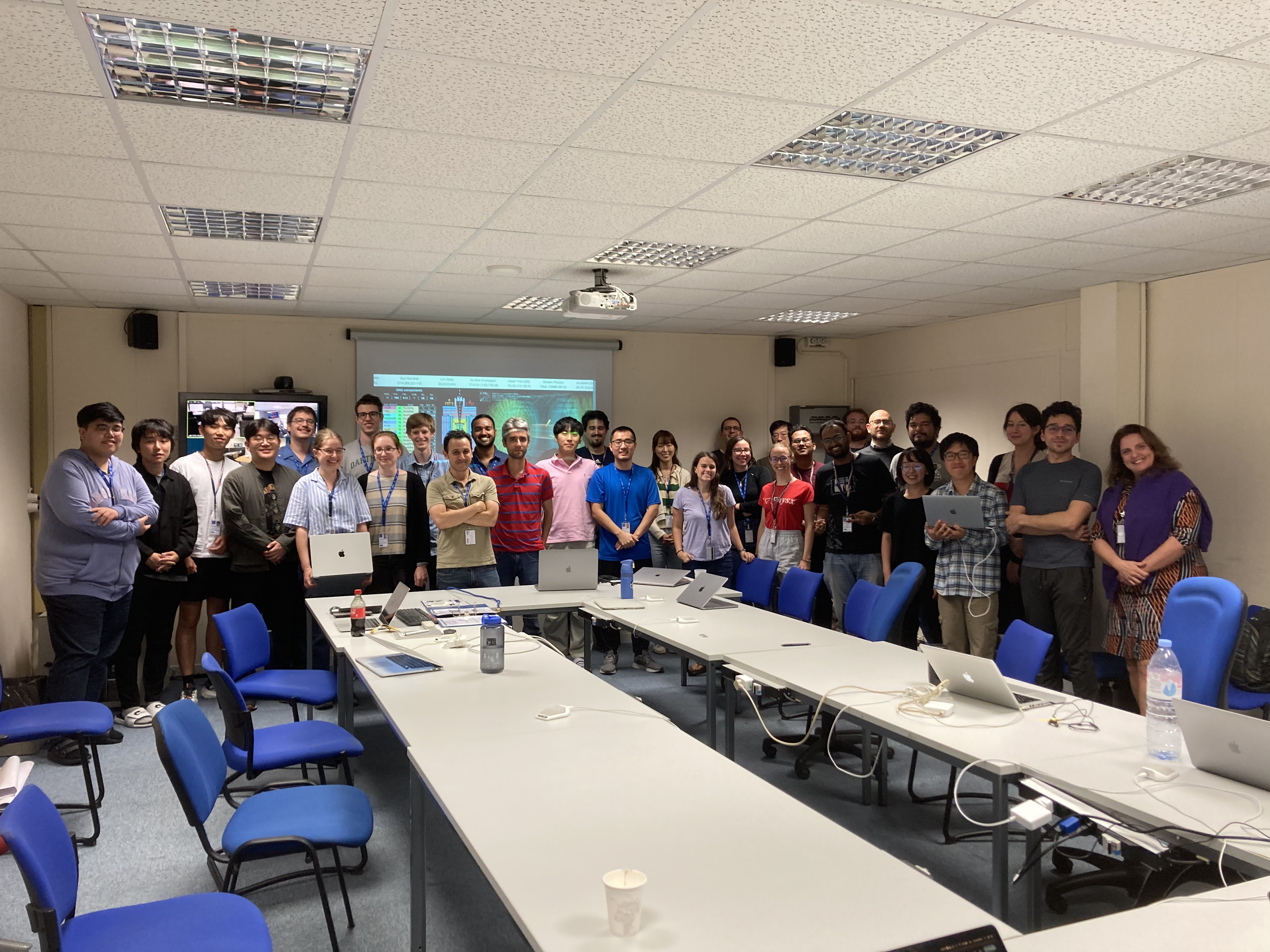
Yesterday at 7:46 pm the first stable beams of the LHC 2023 heavy-ion run have been recorded. The heavy-ion run allows CMS scientists to study states of matter similar to those of the early universe.
During this period, the CERN accelerators operate with heavy ions - in this case lead ions - to collide in the LHC instead of protons, as has been the main focus since the start of the current Run 3. This heavy-ion run will allow the teams across the experiments to access huge amounts of new data.
With the exception of a short test in 2022, the last heavy-ion run took place 5 years ago, and this time there are more collisions at a higher energy than ever before.
Lead ions are complex composite particles, containing 82 protons and 126 neutrons, and so there are many more particles born of a single lead-lead collision (thousands) than a proton-proton one (tens to hundreds).
In this run, lead ions have an energy of 6.8 TeV * Z, an energy distributed across the 208 protons and neutrons that make up the lead nucleus, where Z is the number of protons.
A quark-gluon plasma can be created when the lead ions collide at these energies. Quark-gluon plasma is a state of matter where the constituent parts of the protons and neutrons that make up the nuclei become free from the constraints of the strong force that usually binds them together. It is thought that this hot, dense soup of particles existed immediately after the Big Bang, during the Primordial Era of the universe.
CMS scientists will study the data from these collisions to better understand the strong force, and to deepen our knowledge of the early universe!
The run has been much anticipated, with CMS researchers from all over the world traveling to CERN to work closely together during the run. They have repurposed an old CERN control room into a “CMS command centre” for the heavy-ion run, complete with snacks from across the globe!

Above: The CMS heavy-ion teams during the start of the run

